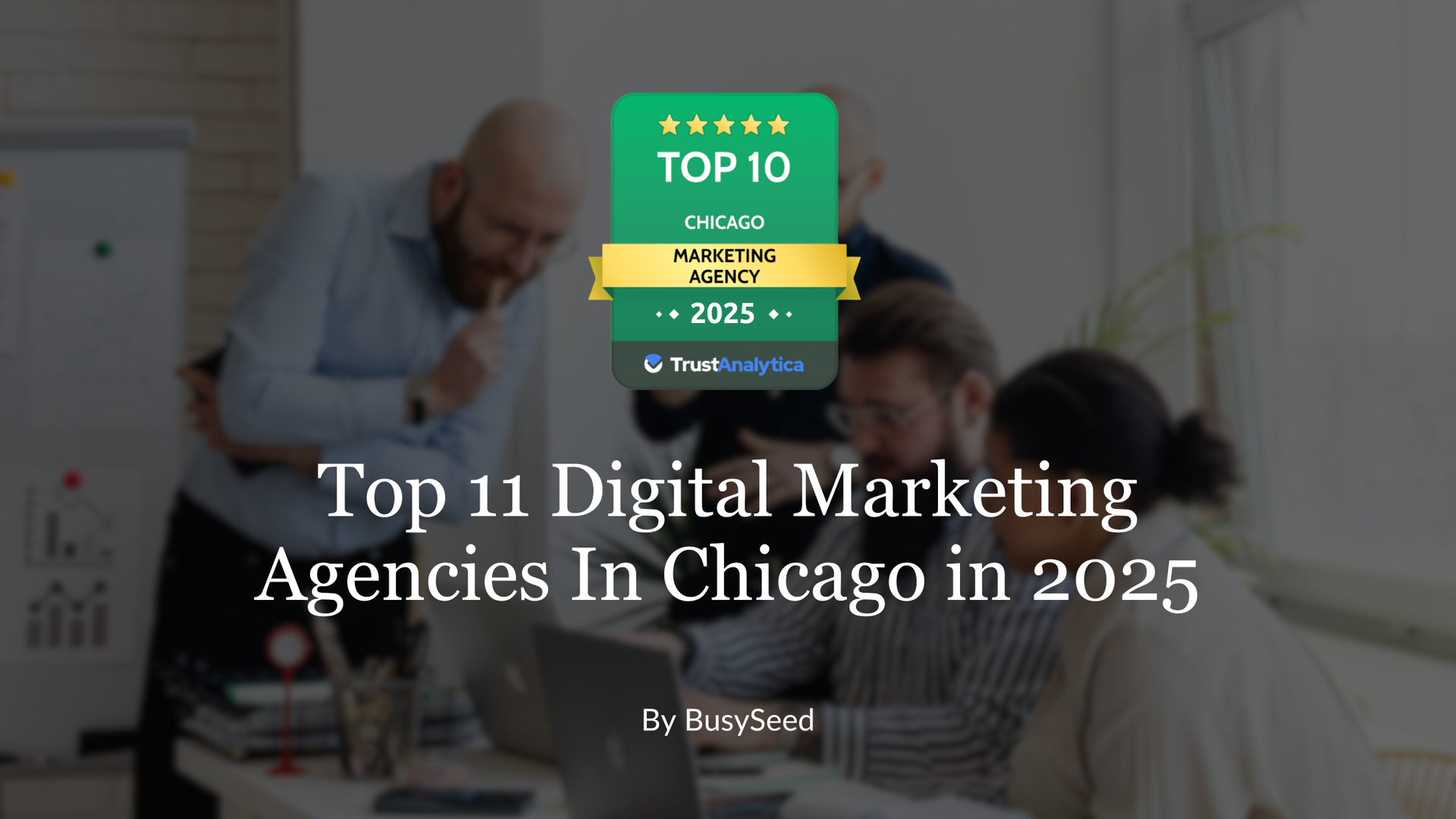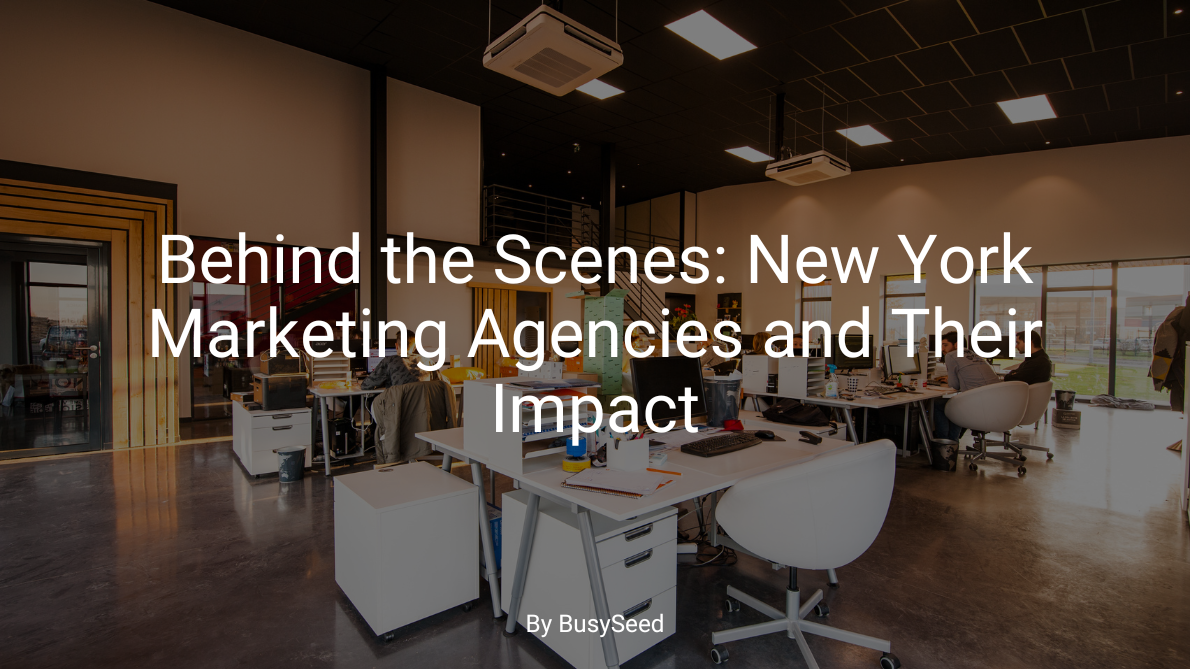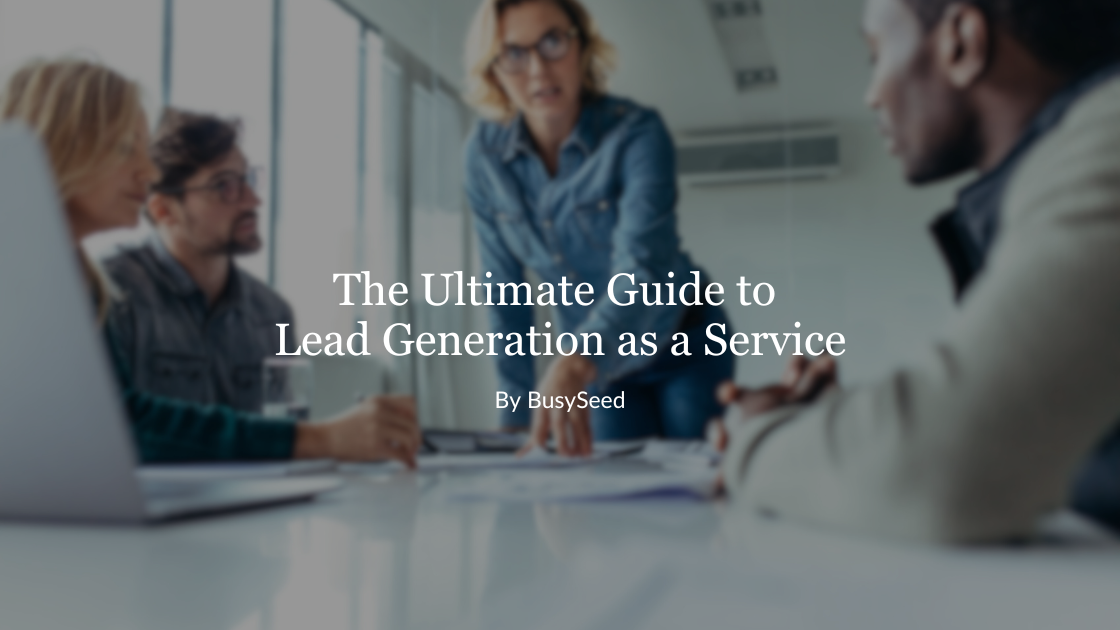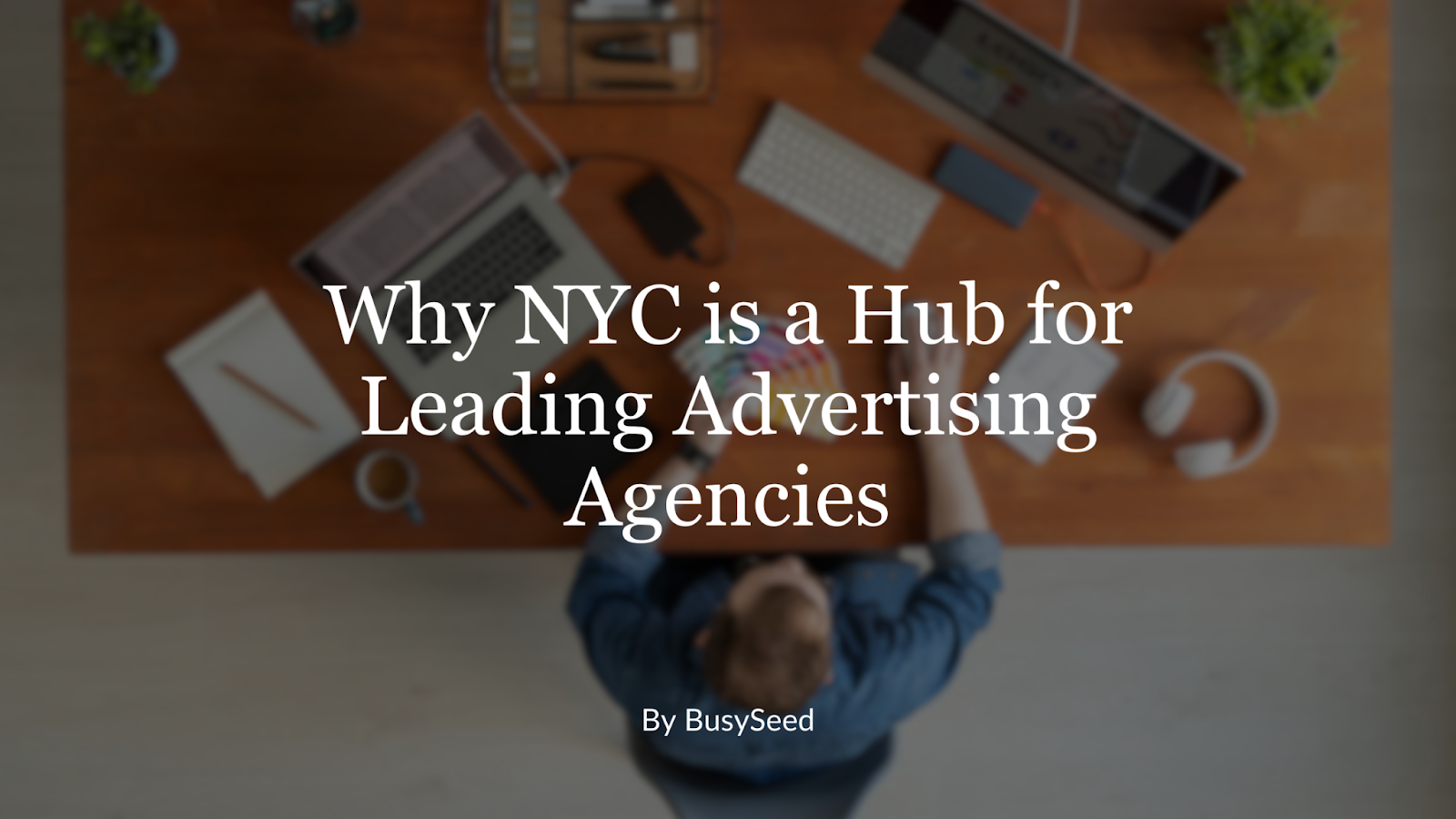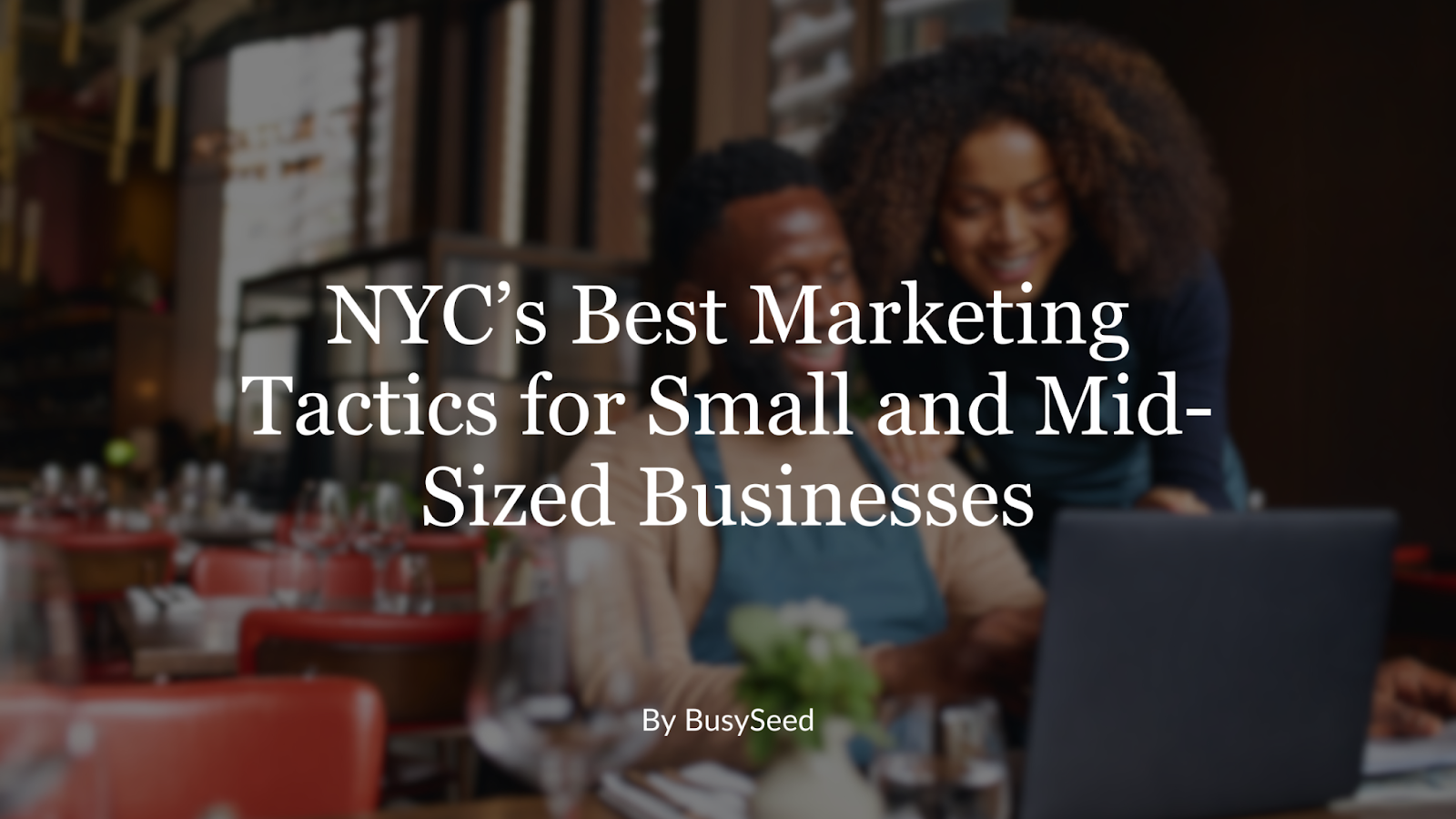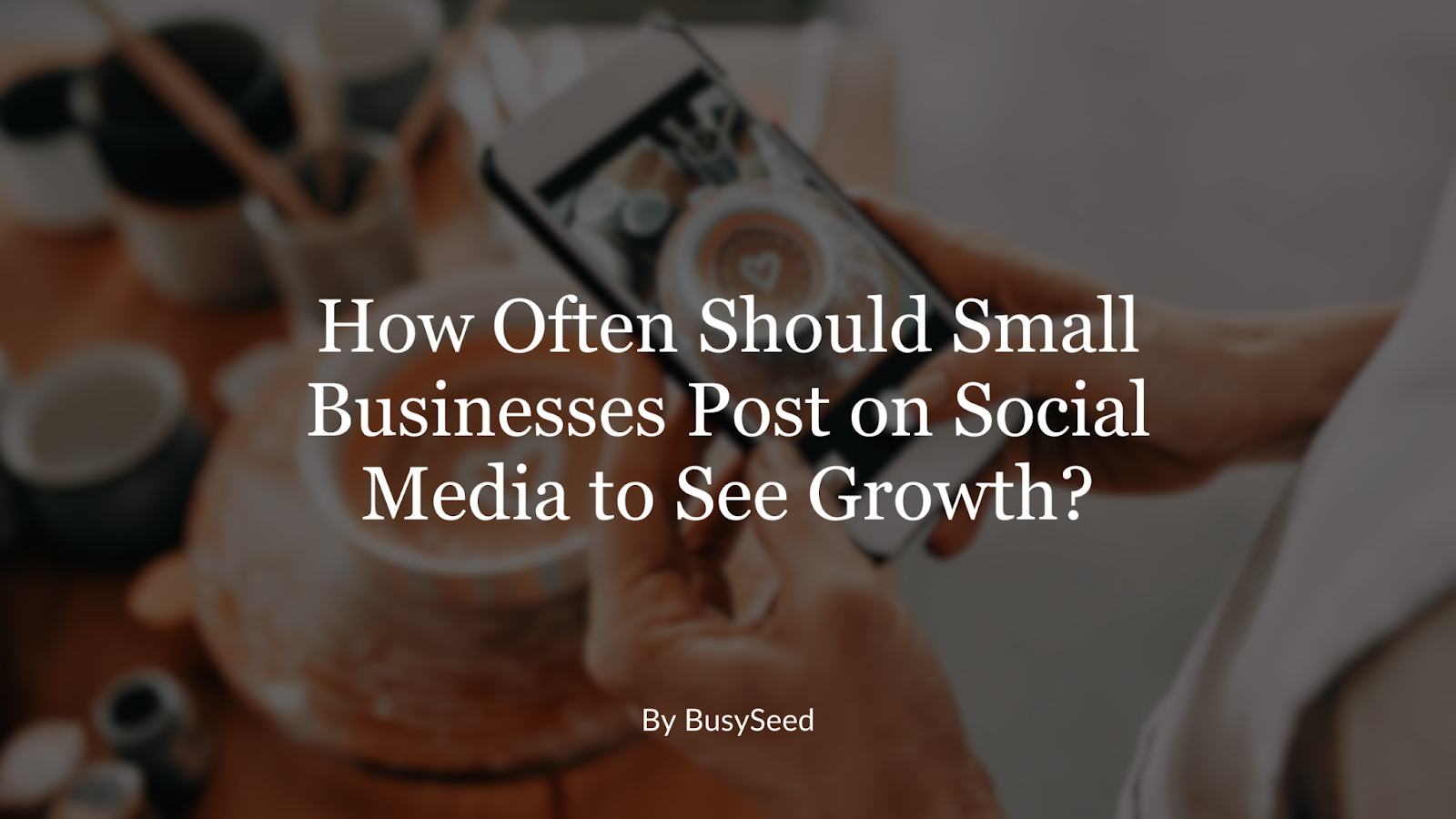Ultimate Facebook Ads Checklist for Optimization
There’s a great deal to be gained in terms of business revenue if you are able to masterfully optimize your Facebook Ads. After all, Facebook has been found, time and again, to be the most powerful digital advertisement channel. It generates massive amounts of engagements and, subsequently, conversions. Apart from the gains, advertising on this social network platform is also cost-efficient.
Let's dive into how to run and optimize your Facebook Ads so you can reap the benefits from it!
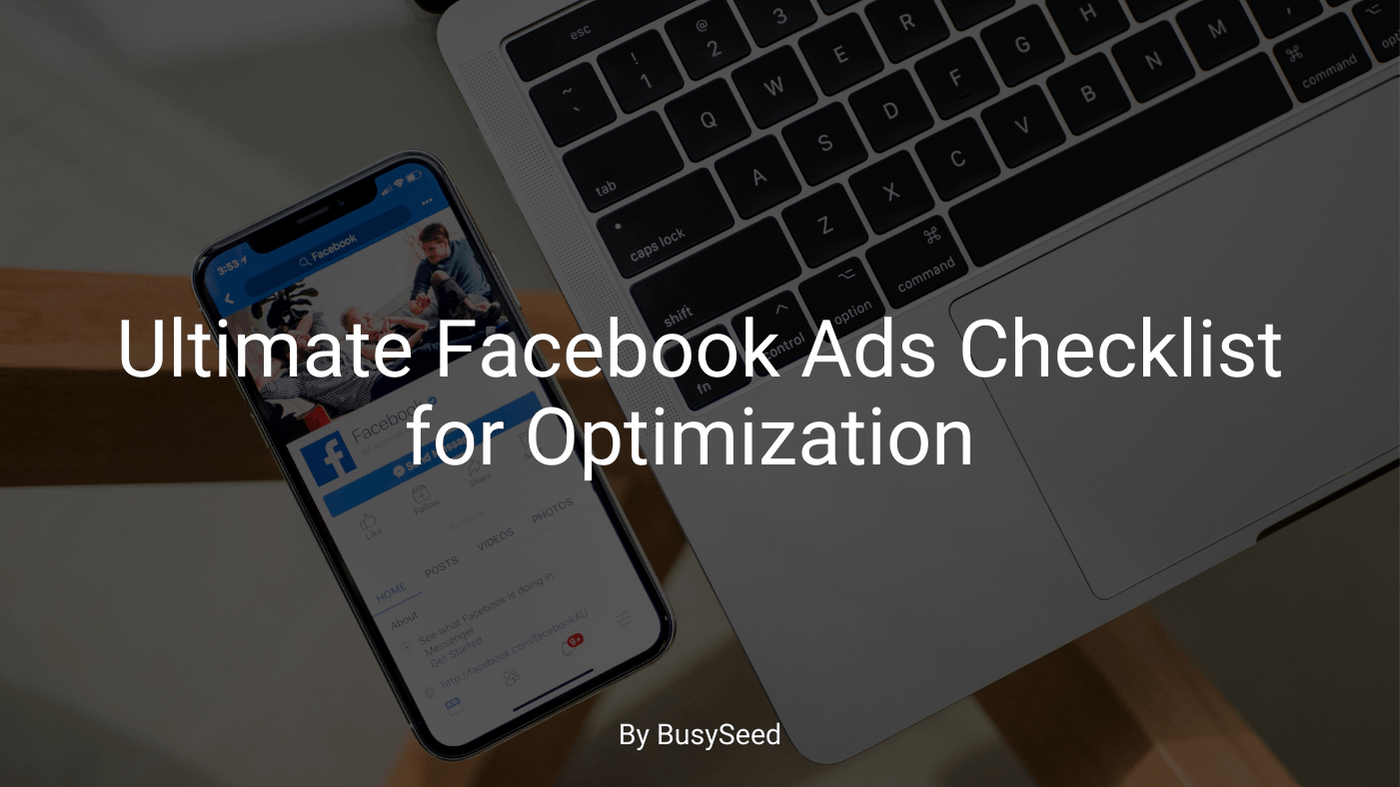
Facebook (now Meta) offers plenty of opportunities for us to drive advertising. As the world’s largest social media outlet, Facebook has 2.9 billion monthly active users and 1.93 billion daily active users.
That’s why we have Facebook ads specialists on staff to help us process the types of social media marketing we can do.
Let’s find out how we optimize our Facebook ads by going through our ultimate checklist.
Several Reasons to Use Facebook Ads
Facebook, beyond its huge user count, offers us plenty of reasons to utilize ads through their social network.
- Large amounts of data and how they use it
- Ability to find similar users just with an email address list
- Demographic data available
- Affordability
- Expansion of brand awareness
- Improve customer attribution statistics
- Outstanding measurability of success
- Speed of optimizing Facebook ads
The question is not “Why should we use Facebook ads?” But instead, “Why
shouldn’t we use Facebook ads?”
How Our Facebook Ads Specialist Optimizes a Campaign
We go through a specific process to optimize our Facebook ads for clients. Our team will do this for your company, as well, when you become our partner.
1.) Add a Facebook Pixel to Track the Ads
Like Google Analytics, Facebook Pixel provides a way for us to track the performance of Facebook ads. Our team receives crucial insights that allow us to further tailor the messaging towards a very specific target audience.
Over time, we can optimize the ads for maximum efficiency to gain more clicks and engagement.
2.) Set Digital Marketing Goals
What goals do we want to achieve through our Facebook advertising budget? What is an acceptable ROI?
We strategize what our ads want to achieve, whether we want:
- Greater brand awareness
- Reaching a segment of our target audience
- Filling out a contact form
- More phone calls
- Higher video views
- More web page clicks
- Greater daily e-commerce store traffic
- Conversions
Our staff finds it important to set a budget based on the goals, that way we measure success more effectively as we alter the ad campaign.
3.) Choose Audiences Wisely
Facebook allows us to drill down as deeply as we need into our target audience.
We can filter by:
- Demographics (Age, Gender, Language)
- Interests
- Location (Country, State, County, City, Zip Code)
- Behavior
- Connections
- Lookalike Audience
We’re going to examine the lookalike audience a bit further because this is where Facebook excels. The Lookalike Audience filter builds a list of potential customers based on the ones you already have. It examines people who have similar interests, demographics, and behavior so you can target Facebook PPC ads on mobile apps.
4.) Consider the Formats for Facebook Ads
Facebook utilizes a wide range of formats, and we tap into each one based on our user’s preferences.
We might use ads for:
- Images
- Video
- Stories
- Messenger
- Slideshows
- Canvas
- Carousel
These types of ads act and look slightly different.
For example, we might utilize a canvas ad if we expect our target audience to only view the Facebook ad on mobile because of the way the advertisement looks.
1.) Scheduling, Placement, and Delivery
We think of this as the when, where, and how questions. When do we make the ad visible? Where does the ad appear? How do we deliver it?
2.) Bidding
Like Google, Facebook ads go through a bidding process that may raise or lower the costs of your advertising. Luckily, we can choose when to shut off or turn on ads based on the amount of money we’ve spent in a specific time frame so we can optimize our budget.
3.) Design the Facebook Ads
Now that we’ve ironed out all of the details of the ads, we can start designing them using images and verbiage based on Facebook’s guidelines. Images must be particular size and format. We’re also limited on the number of characters to use.
4.) Test the Ads for Effectiveness
Facebook’s algorithm lets us A/B test two PPC ads side by side to give us a comparison as to which advertisement is more effective. We can easily create a line of ads that get progressively better for our target audience.
5.) Monitor Metrics and Adapt
Once the Facebook Pixel starts gathering data, we can tweak our ad campaign very easily to adapt to a target audience based on the engagement metrics the pixel gathers.
The more data we gather, the better the campaign gets over days, weeks, months, and years.
Do you need help running a Facebook ads campaign?
We hope you find these digital marketing tips useful in your quest to dominate the competition through Facebook ads as part of an overall strategy.
Why not let a PPC ads company do the leg work for you for Facebook ads?
BusySeed’s
Digital Ads department knows the ins and outs of Facebook ad campaigns that help you reach a wider target audience.
Contact us today to request a quote!
